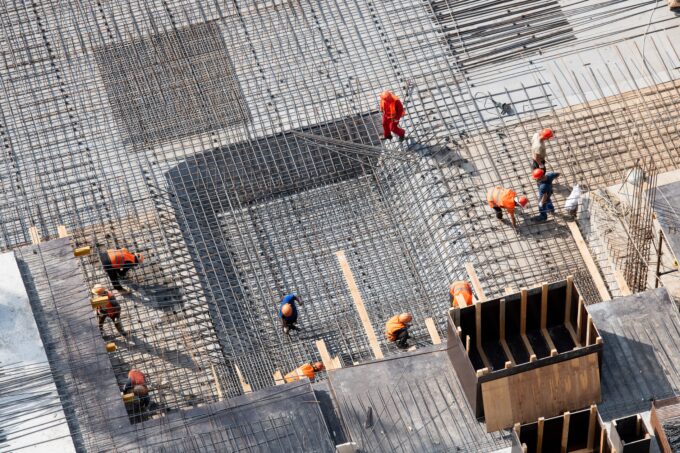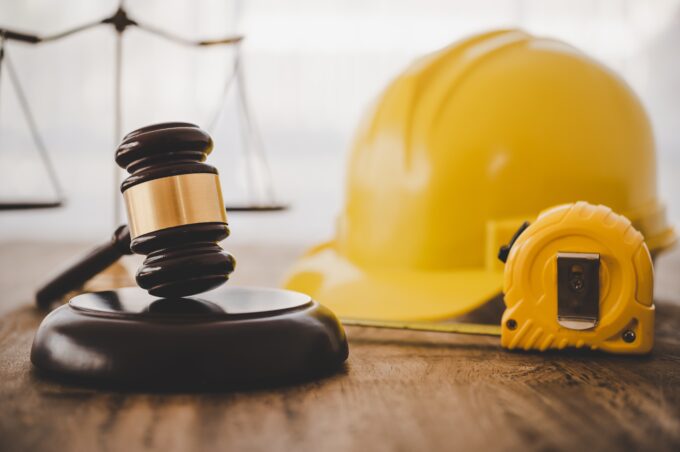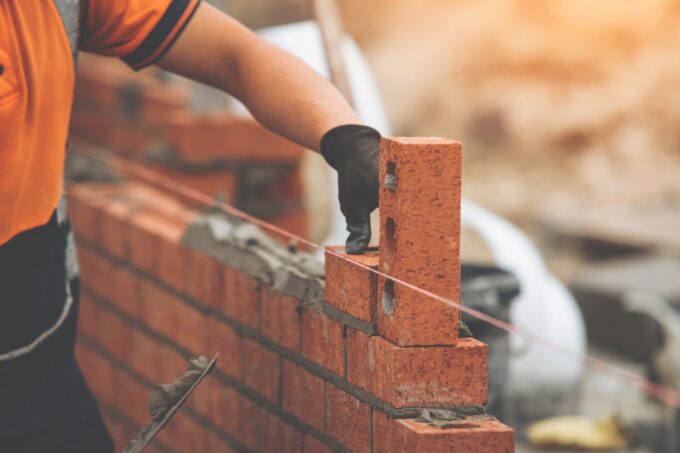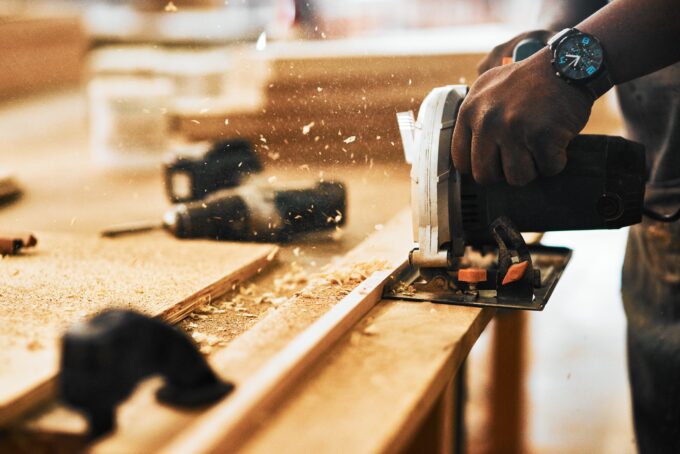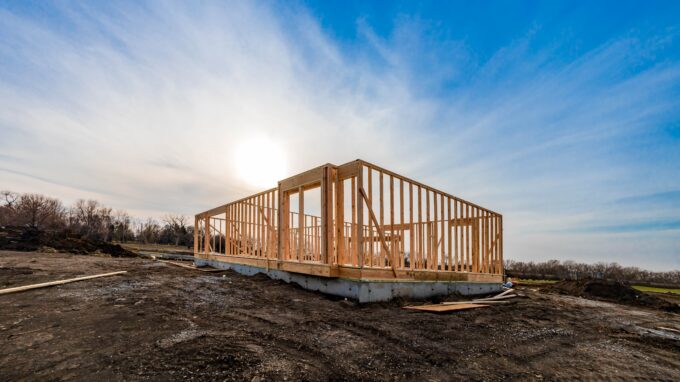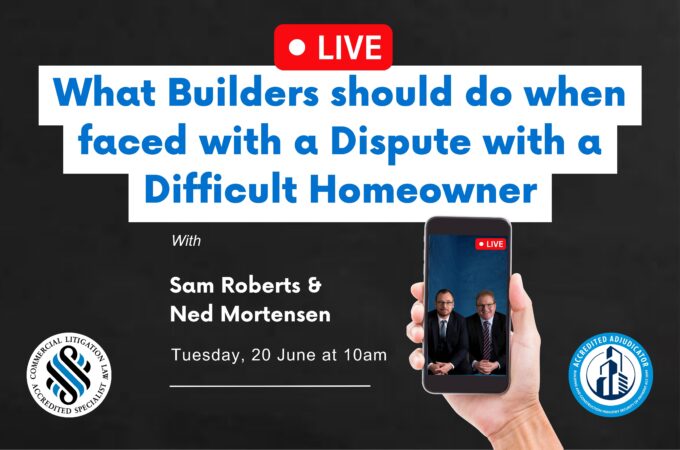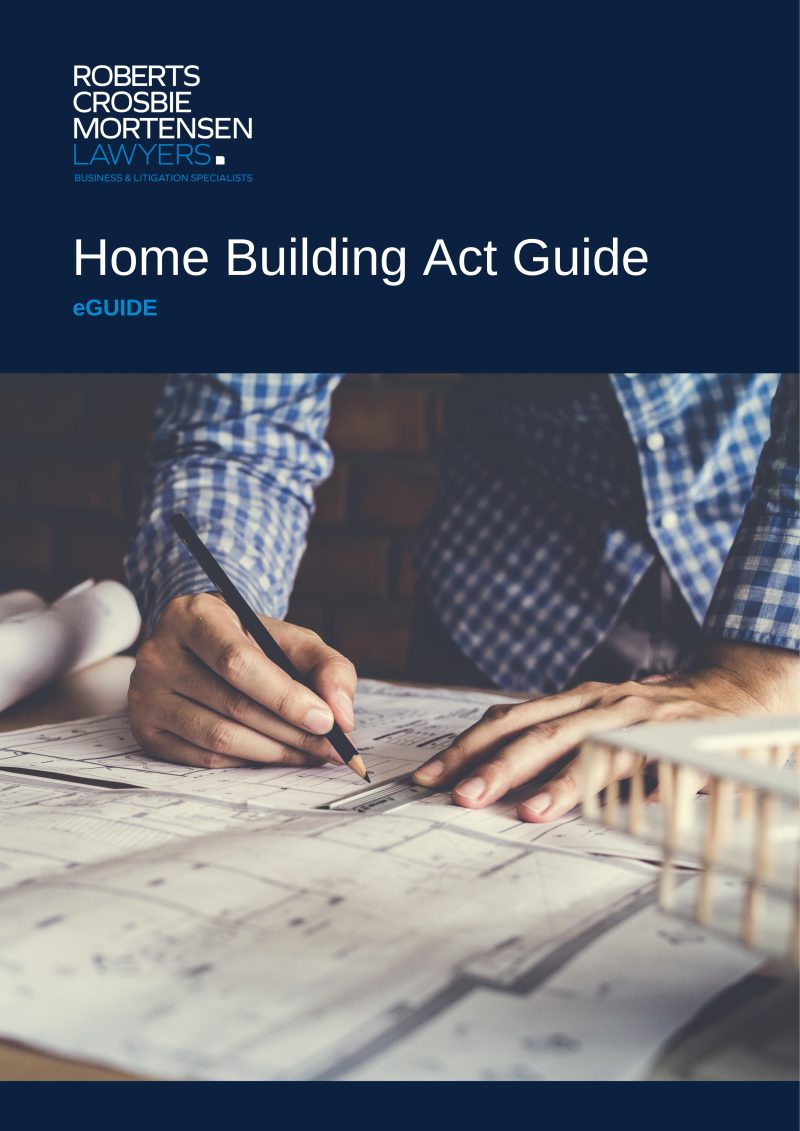The decision
The Court ultimately found that the plaintiff had not failed to mitigate its loss and entered judgment for the plaintiff in the amount of $1,952,984 (exclusive of GST).
Key to the Court’s decision were the following findings:
- There is no positive duty to mitigate loss, but rather a ‘duty’ on the part of the plaintiff not to act unreasonably.
- In assessing loss for breach of contract, loss which is due to unreasonable or improvident actions of the plaintiff will not be recoverable.
- What is reasonable for a person to do in mitigation of damages is a question of fact in the circumstances of each case.
- In the particular circumstances of this case, the owners did not act unreasonably in refusing to allow the defendants access to carry out further work, as they were justified in having lost confidence in the defendants due to a combination of:
- the defendants’ prior inadequate repairs;
- the defendants’ failure to engage with the method of rectification proposed by the plaintiff’s expert;
- the seriousness of the defects; and,
- the lack of progress in negotiations with the defendants.
Key Insights
The key takeaway of the Court’s decision was its consideration of the following factors in assessing whether the plaintiff had acted unreasonably :
- the extent and seriousness of the defects;
- the quality of any repairs effected by the builder;
- the builder’s engagement with the owner in respect of the suggested defects and proposed method of rectification, in short, has the builder responded in a timely manner, taken the complaints seriously and acted fairly; and
- the efficacy or perceived futility of continuing to negotiate with the builder.
These factors are likely to be taken into account in future decisions in which allegations are made that a homeowner has acted unreasonably.
For builders and homeowners alike, Ceerose serves as a reminder of the importance of a builder maintaining the trust and confidence of a homeowner from the commencement of a build. Where a homeowner alleges the existence of defects, their concerns should be taken seriously and addressed (and, if necessary, defects rectified) by their builder in a timely manner.
Should a builder fail to do so, the homeowner may be entitled to deny the builder the opportunity to perform rectification works, and engage a third party and seek recovery of the rectification costs under the Home Building Act 1989 (NSW).
A $2M Supreme Court decision shows how quickly things can go wrong when defect complaints aren’t taken seriously
When a builder finishes a job and the homeowner finds defects, the builder is usually given the chance to come back and fix the issues. But what happens when the homeowner doesn’t trust the builder anymore and hires someone else to do the repairs?
A recent case in the NSW Supreme Court shows exactly how this can play out—and the result wasn’t good for the builder.
What Happened?
In the case of The Owners – Strata Plan No 89074 v Ceerose Pty Ltd, the owners of a 16-storey apartment building sued the builder for defective work under the Home Building Act 1989 (NSW). Instead of allowing the original builder to fix the defects, the owners hired a third party to complete the repairs—and then claimed back nearly $2 million in costs.
The builder argued that the owners didn’t give them a fair chance to return and fix the problems, and therefore should not be allowed to recover those costs.




